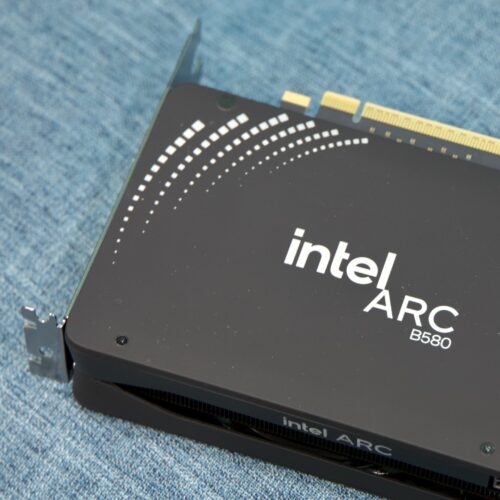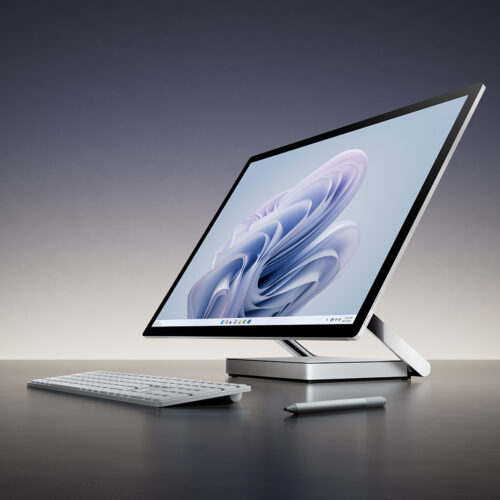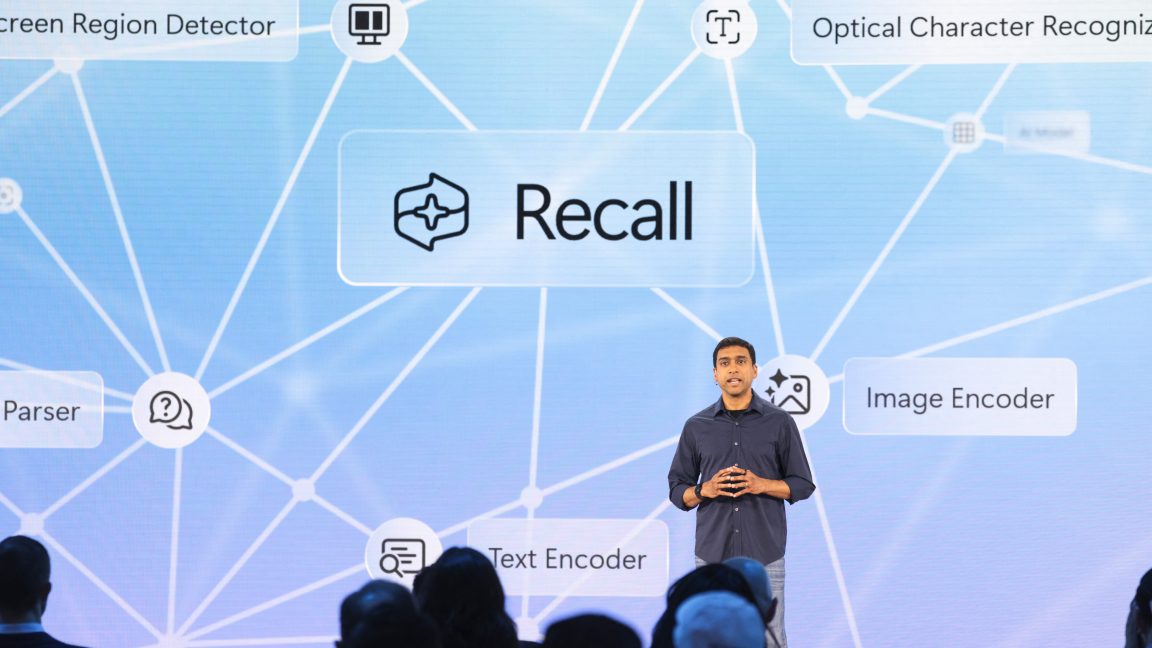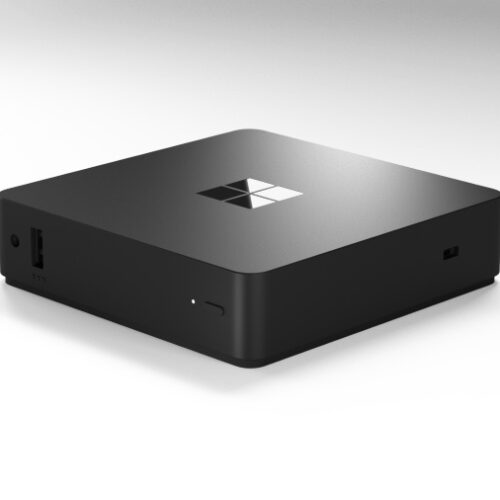Intel is testing BIOS updates to fix performance of its new Core Ultra 200S CPUs
Intel's Core Ultra 200S desktop processors—the company's biggest overhaul of its desktop platform since 2021—consume less power and run a lot cooler than the company's 13th- and 14th-generation Core CPUs. However, early reviewers found that the processors sometimes struggled to match, let alone beat, those older desktop CPUs in some tasks. This was particularly true for games, and people who build their own gaming PCs are a key constituency for these kinds of brand-new high-end chips.
Intel quickly blamed optimization issues for some of the problems, promising performance fixes sometime later in November or December, and the company has outlined the first batch of fixes in a lengthy support document. Of the five identified problems, Intel says it has fixed four; users can get those updates by installing Windows 11 24H2 build 26100.2161 or higher, updating their motherboard's BIOS to the latest version. Non-performance-related blue screens related to Epic's Easy Anti-Cheat software have also been resolved, and users should update to the latest version if they're still having issues.
The performance problems resolved via the Windows update are both related to a missing power plan specific to the Core Ultra processors—Intel didn't have those power plans ready for reviewers, who did all their testing using the generic power profiles provided with Windows. Intel said that this by itself could reduce performance by between 6 and 30 percent, depending on the software.


© Andrew Cunningham





























